We all have geography lessons in school. And while we learn many interesting things about the maps and geography in them, there's always room for improvement.
So, today, let's look at these interesting maps of Europe that we picked and found online. After all, there's no wrong time to learn something new. And who knows, maybe you'll end up using these facts somewhere (maybe a trivia night?), unlike some things you were taught at school.
More info: TikTok
#1
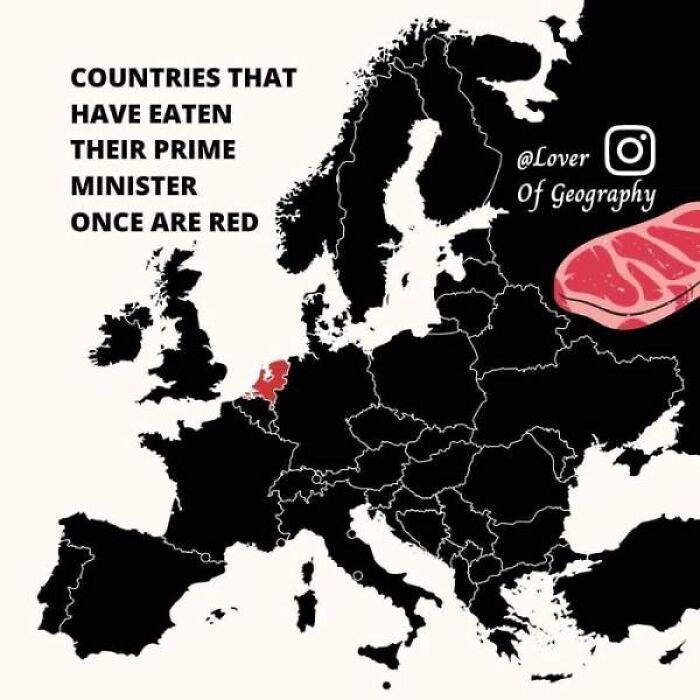
Image credits: @earthstuffs
#2
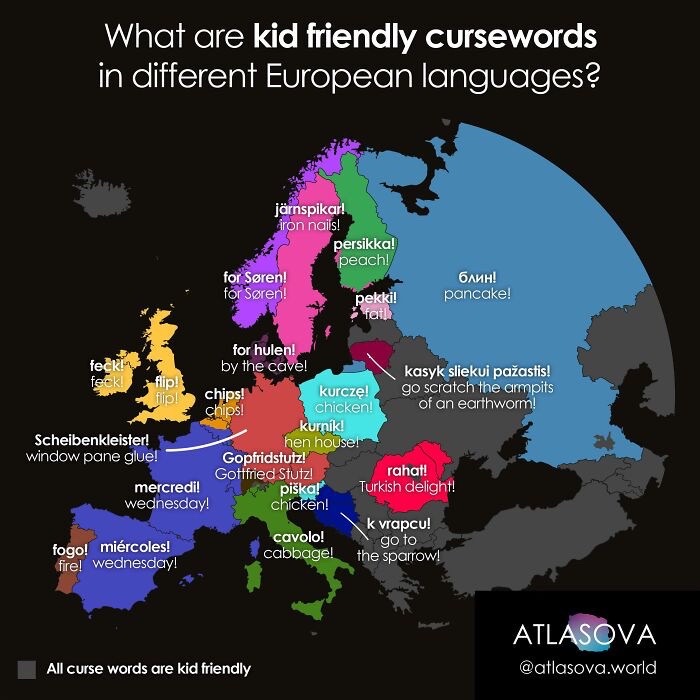
Image credits: @earthstuffs
#3
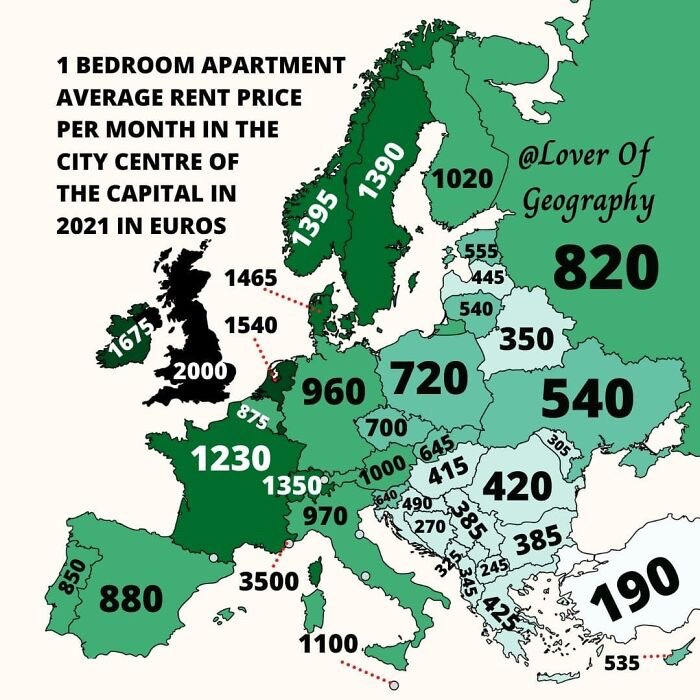
Image credits: @earthstuffs
Maps are leading us in nearly every step of our way. They are reachable to everyone - just a few presses and you can see Google or Apple Maps. But that wasn’t always the case.
The history of maps can be traced as far back as 5000 years ago. The first-ever maps were used to depict small areas in pictures. And there was no set of rules on how everything should be drawn, which made maps quite inaccurate.
Later, the map-making art was taken over by the Greeks and Romans. The most notable works of this mapping period were those of Claudius Ptolemaeus. He was a geographer, mathematician, and astronomer, who came up with longitude and latitude lines. And, well, that revolutionized European geographic thinking.
#4
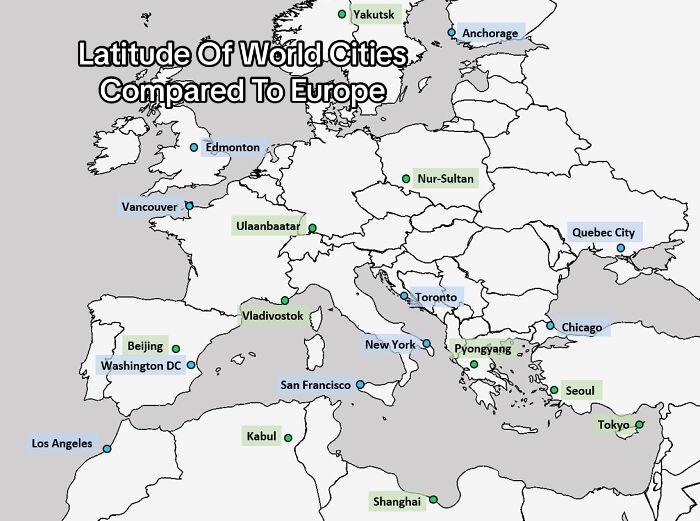
Image credits: @earthstuffs
#5
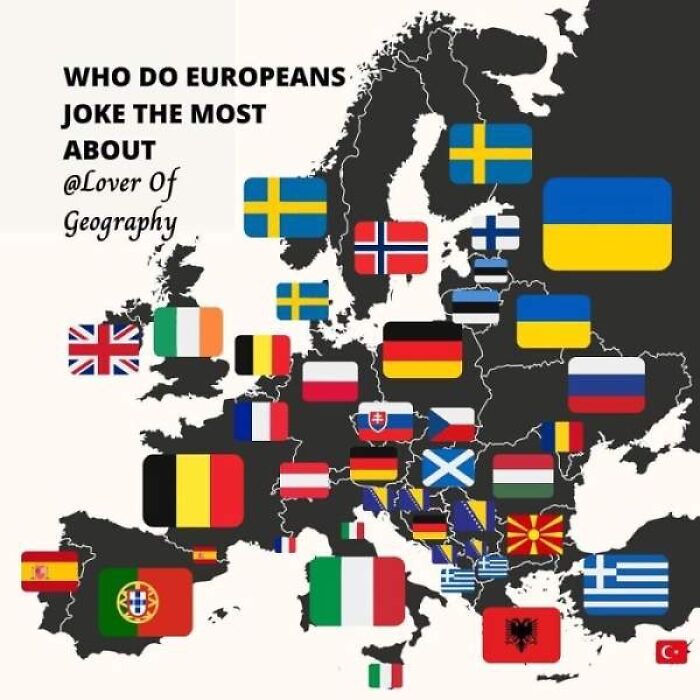
Image credits: @earthstuffs
#6
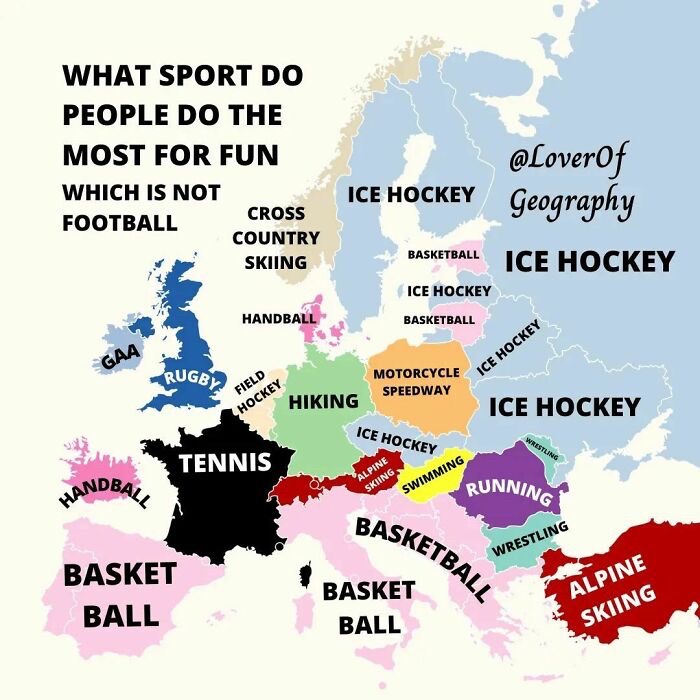
Image credits: @earthstuffs
Then, during the middle ages, there wasn’t much progress in the map-making scene. Most of the maps that were produced during this time were of monasteries, which were influenced by religious devotion. They were heavily decorated with angels and imaginary monsters.
However, the Islamic world made some progress in the map-making area. The most notable instance is of Al-Idrisi, an Arab scholar who produced numerous world maps and geography books that heavily influenced this scientific field.
#7
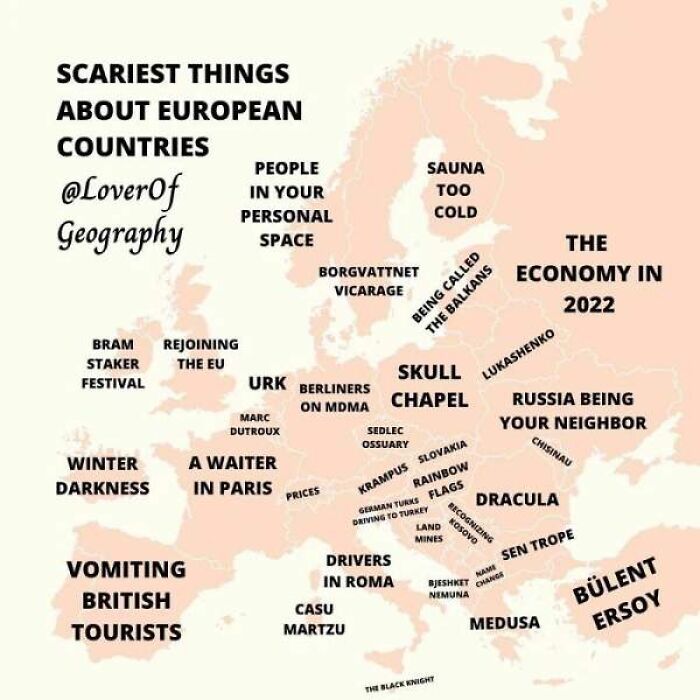
Image credits: @earthstuffs
#8
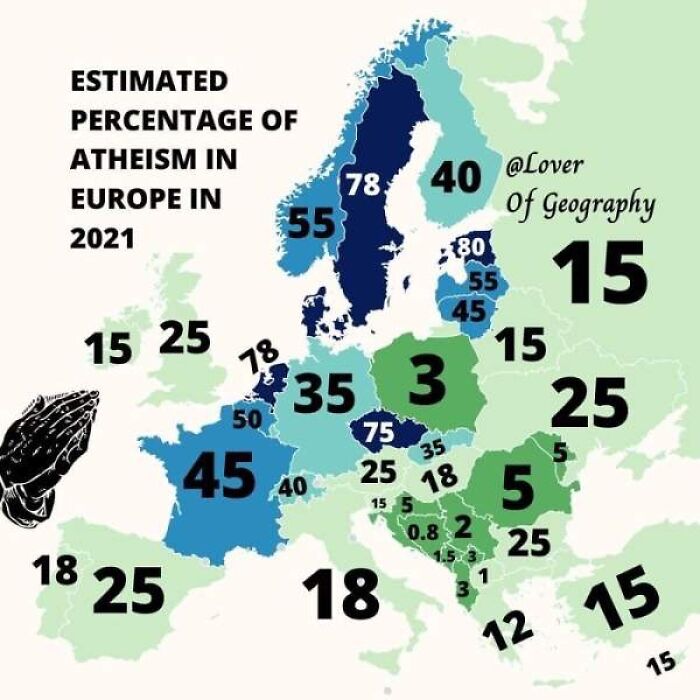
Image credits: @earthstuffs
#9
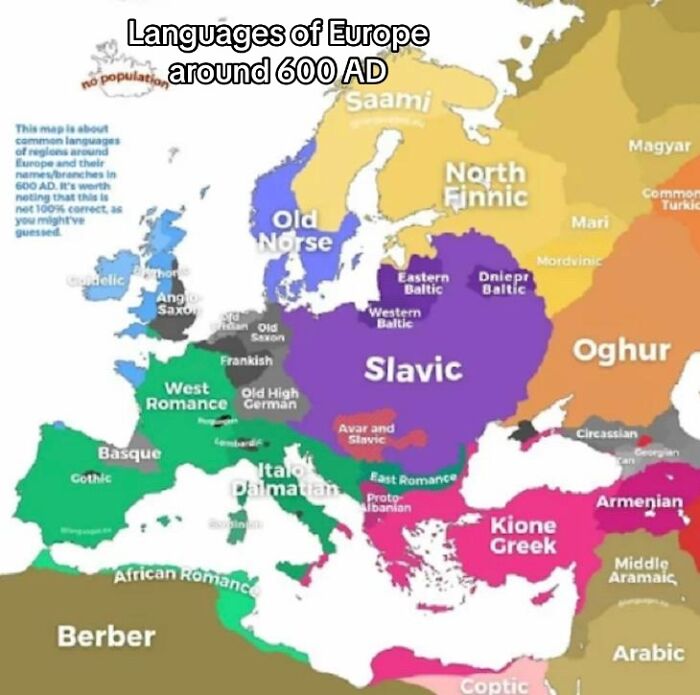
Image credits: @earthstuffs
After the Middle Ages, the invention of the printing press by Johannes Gutenberg pushed the monasteries out of the dominance of map production. Also, the printing process becoming more available resulted in the growth of major publishing houses. And they produced maps that were accessible to everyone, no matter their financial status.
Even more, improvements in mapping were brought about by the accessibility of public learning and the thirst for knowledge. Increasingly, maps started having more colors showcasing various aspects of the presented place.
Also, in the late 1700s, thematic maps started showing up; for example, those showing the spread of certain illnesses or the extent of a flood.
Now, the maps on our phones are made by using satellite systems and surveying techniques. With these tools, cartographers can measure everything with precision, which was never achievable before. And due to their precision, maps have become an irreplaceable aspect of nearly everyone’s life.
Did you learn something new from these maps? Share your discoveries with us in the comments!
#10
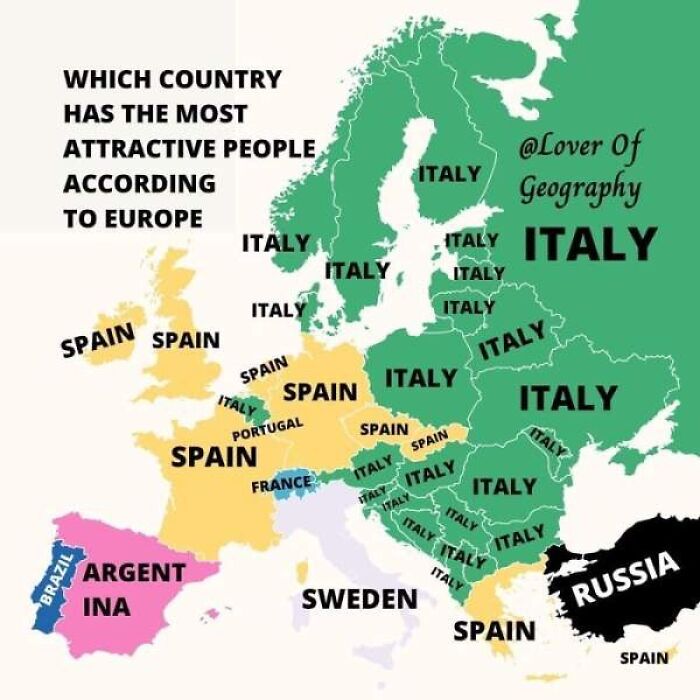
Image credits: @earthstuffs
#11
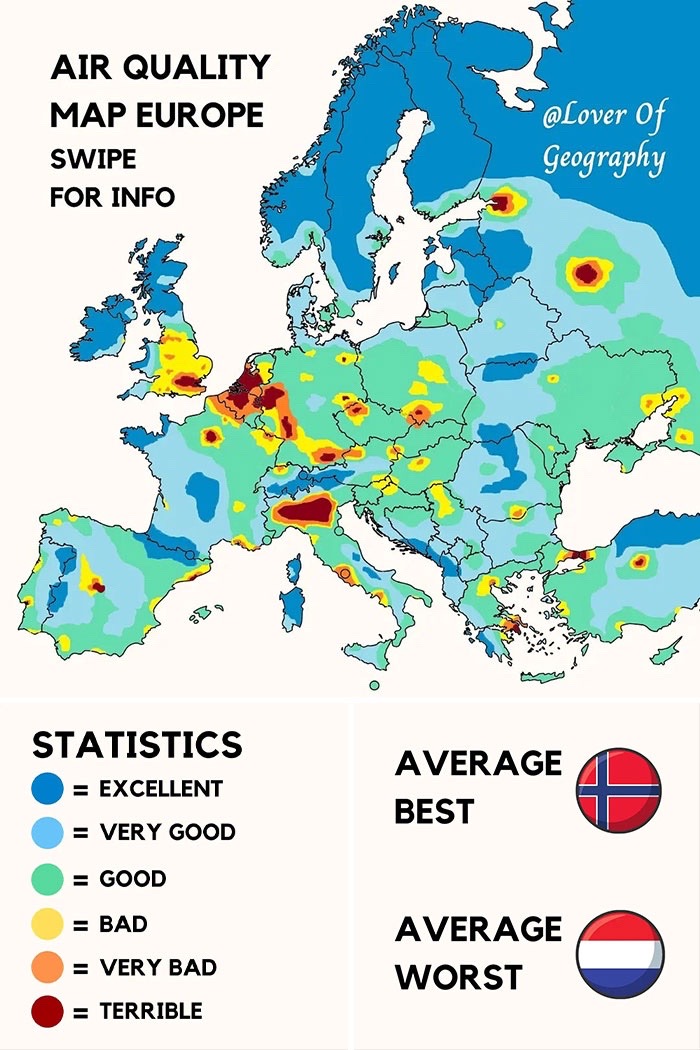
Image credits: @earthstuffs
#12
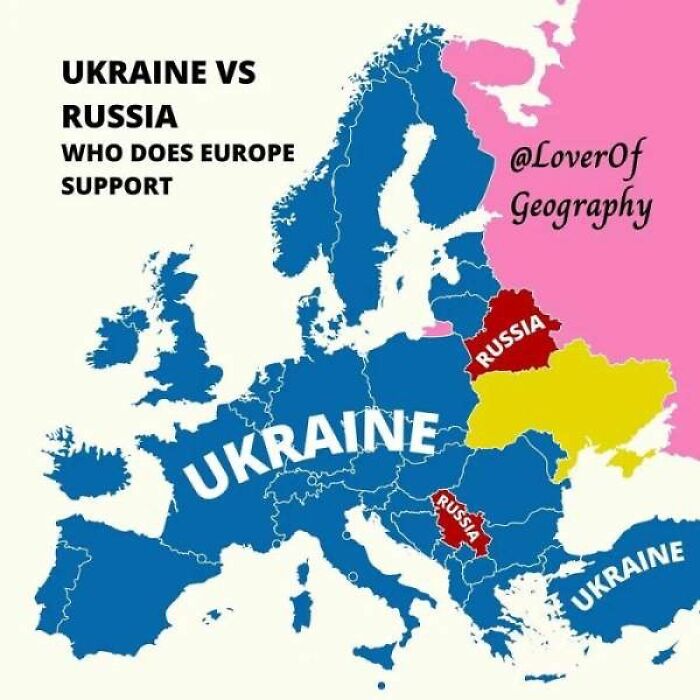
Image credits: @earthstuffs
#13
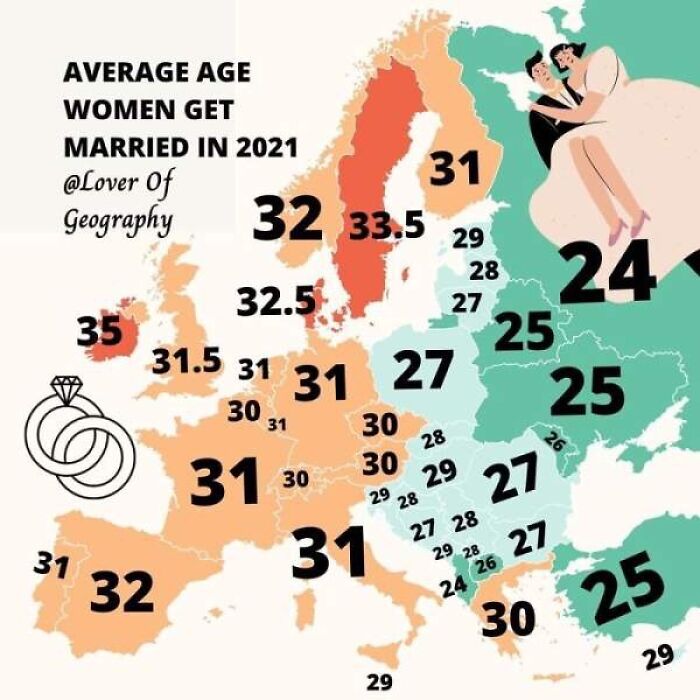
Image credits: @earthstuffs
#14
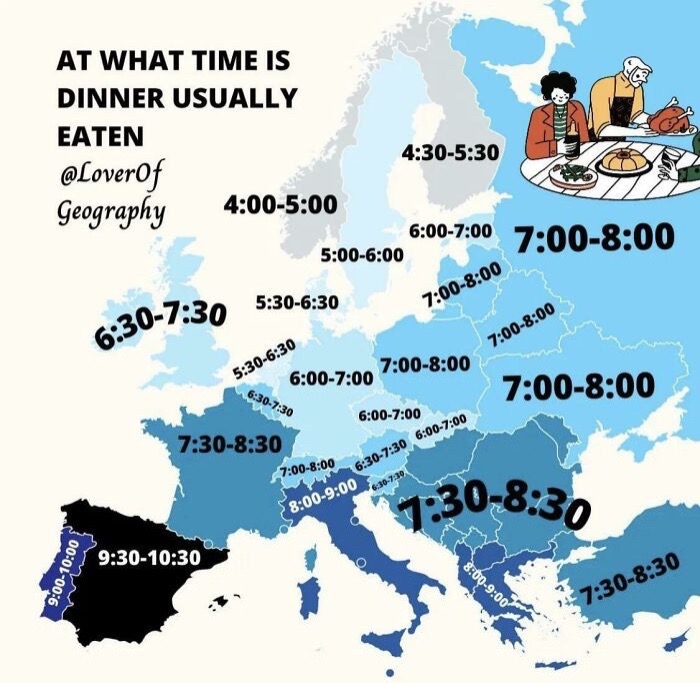
Image credits: @earthstuffs
#15
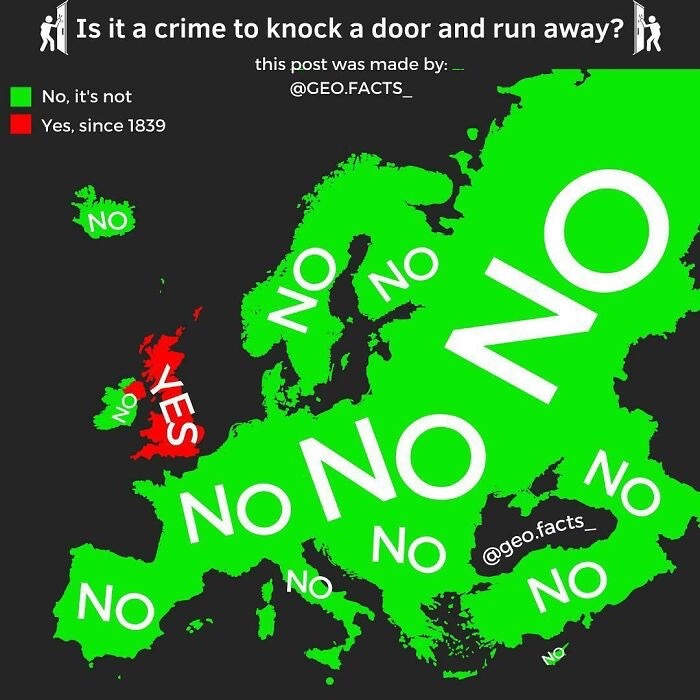
Image credits: @earthstuffs
#16
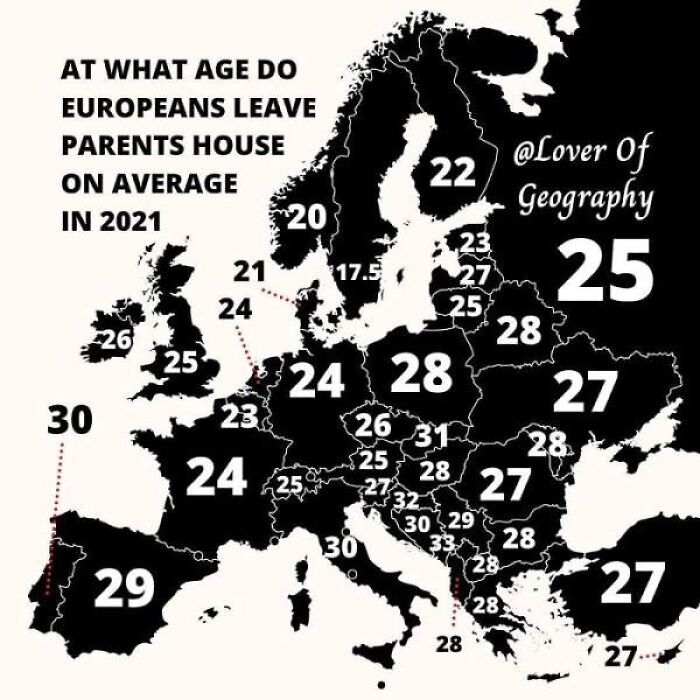
Image credits: @earthstuffs
#17
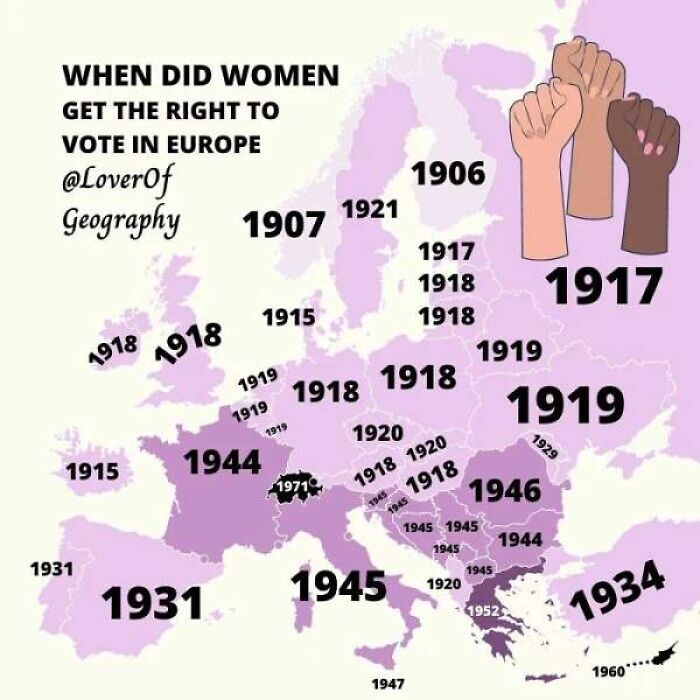
Image credits: @earthstuffs
#18
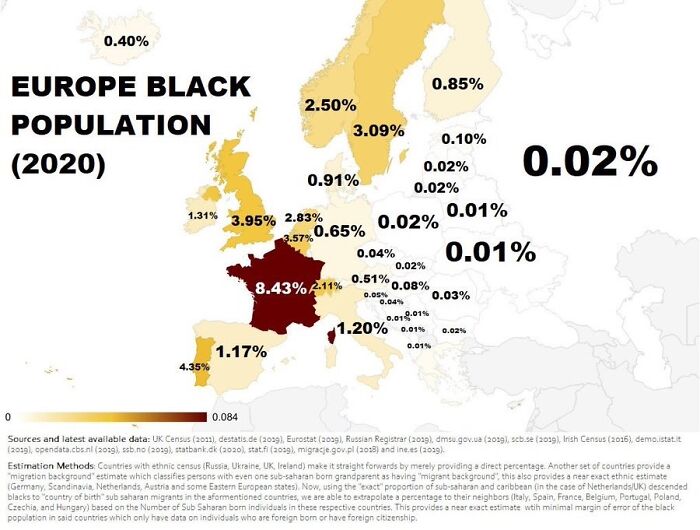
Image credits: @earthstuffs
#19
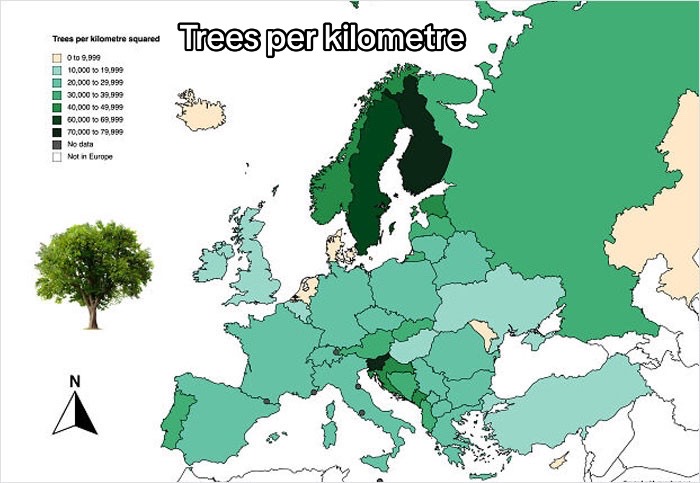
Image credits: @earthstuffs
#20
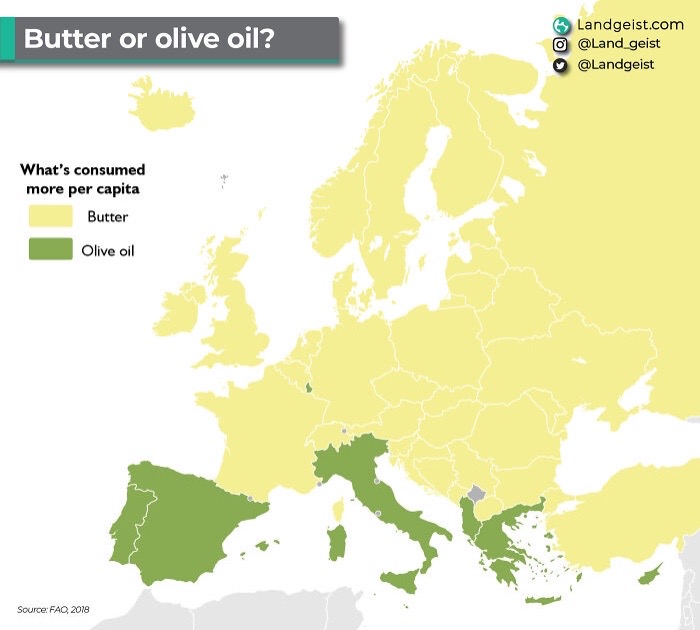
Image credits: @earthstuffs
#21
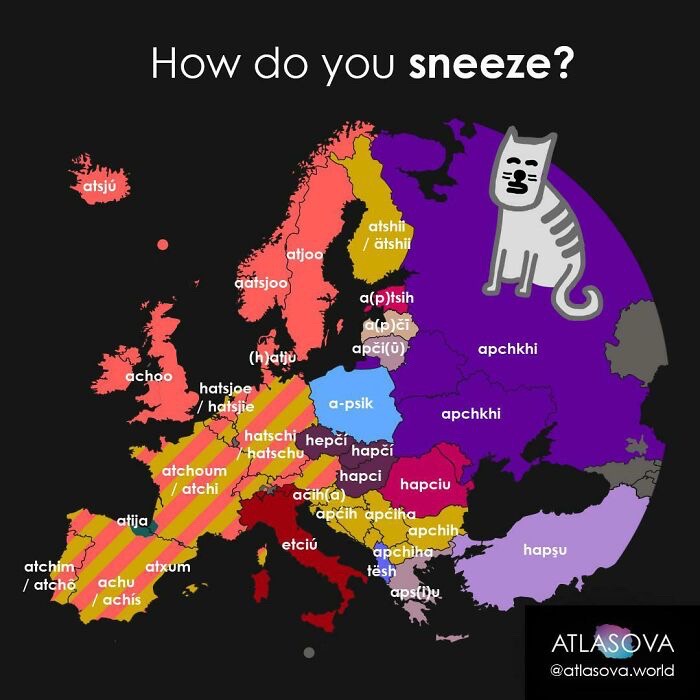
Image credits: @earthstuffs
#22
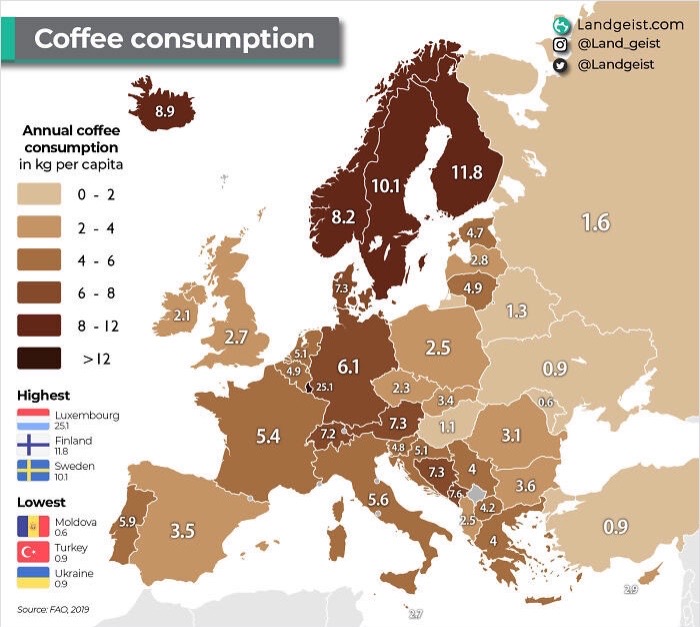
Image credits: @earthstuffs
#23
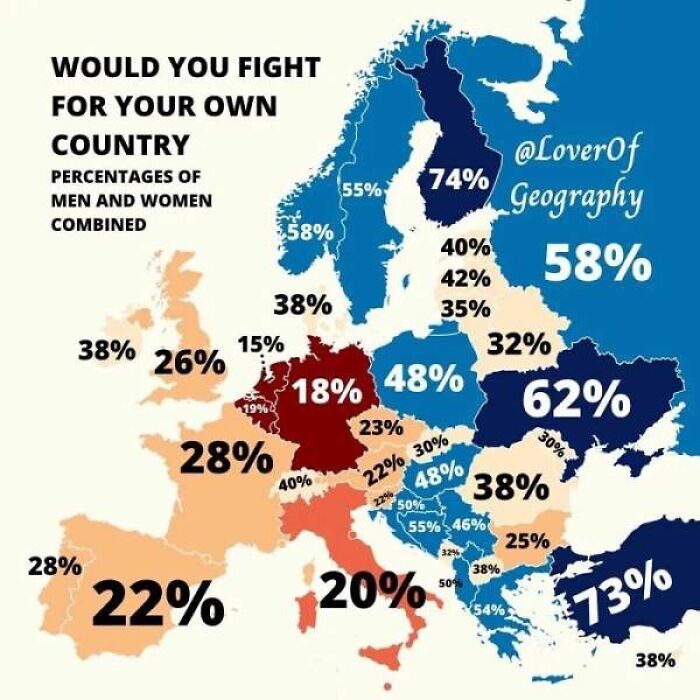
Image credits: @earthstuffs
#24
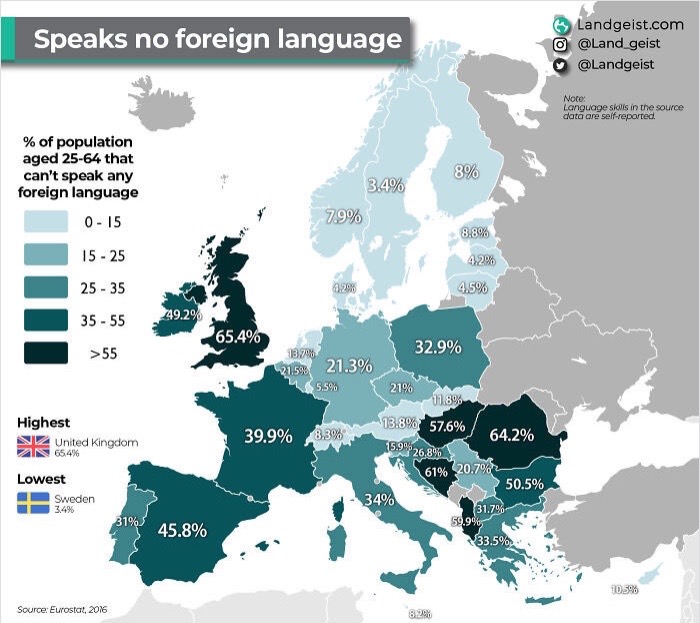
Image credits: @earthstuffs
#25
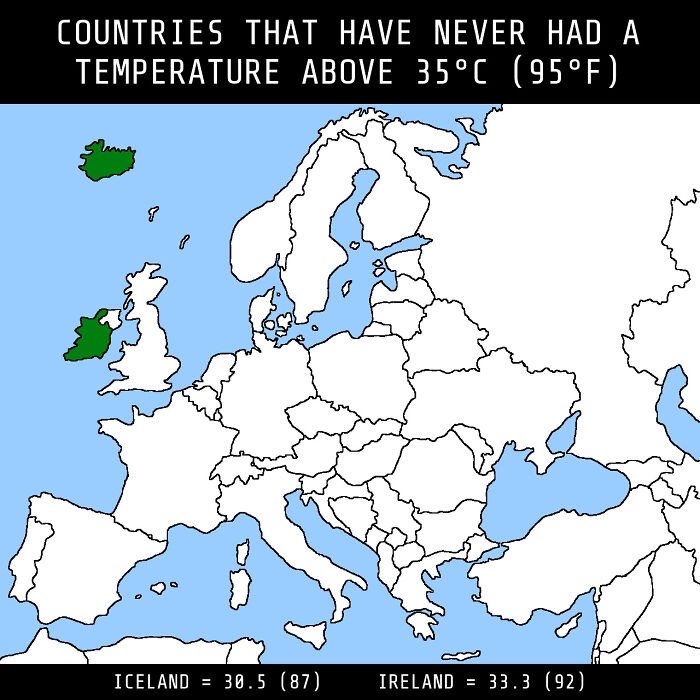
Image credits: @earthstuffs
#26
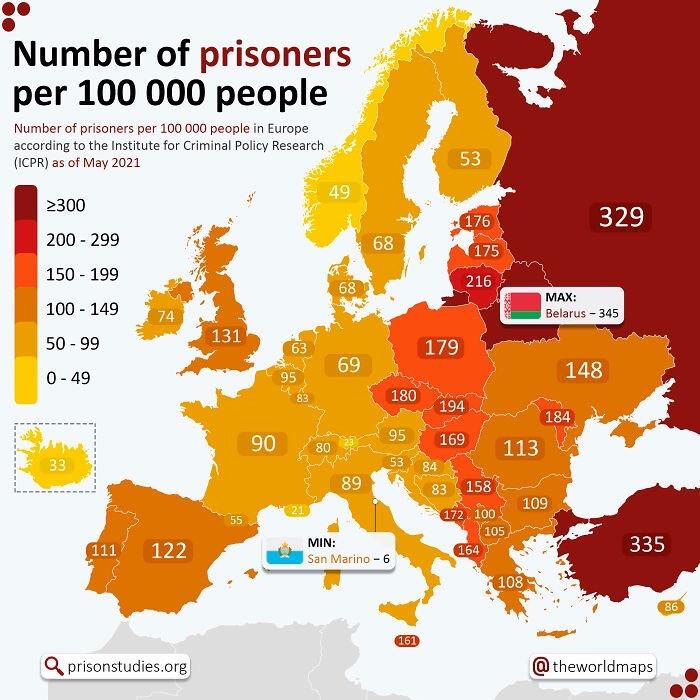
Image credits: @earthstuffs
#27
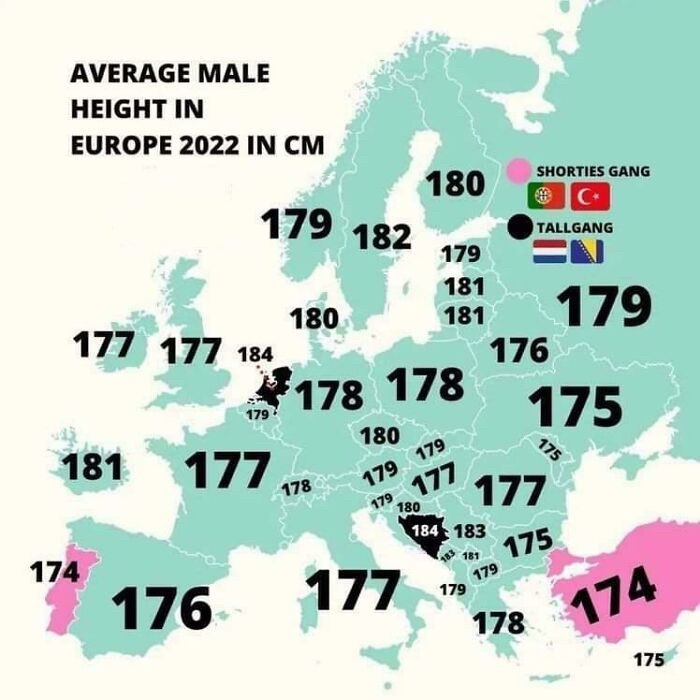
Image credits: @earthstuffs
#28
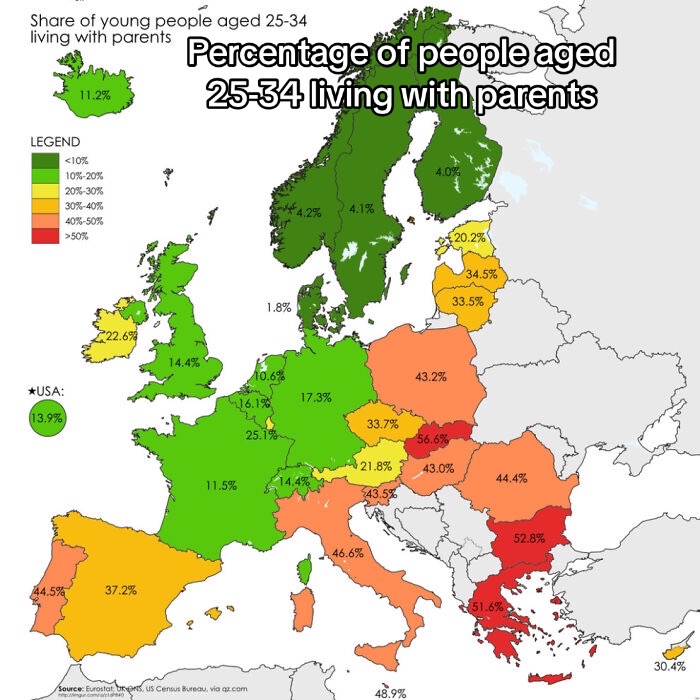
Image credits: @earthstuffs
#29
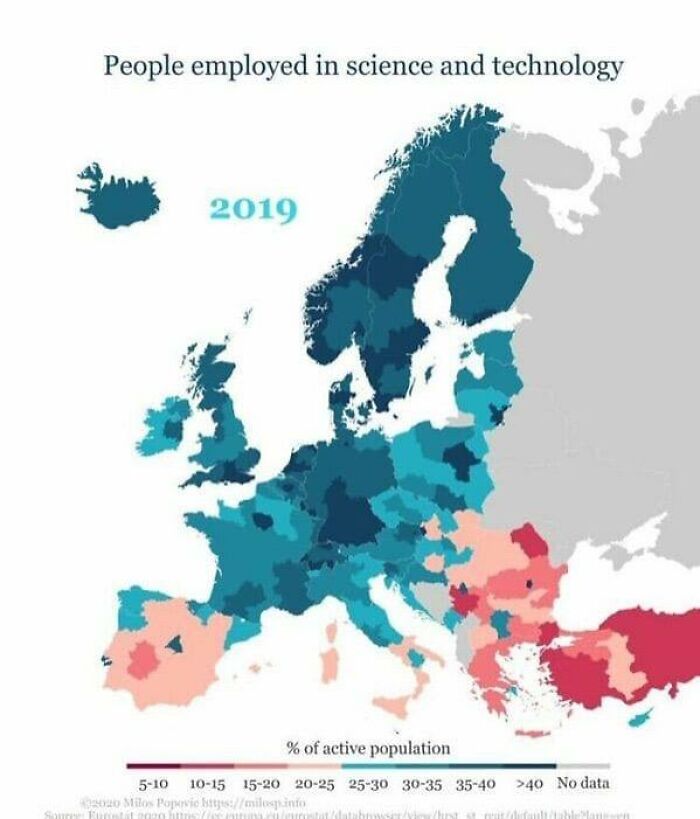
Image credits: @earthstuffs
#30
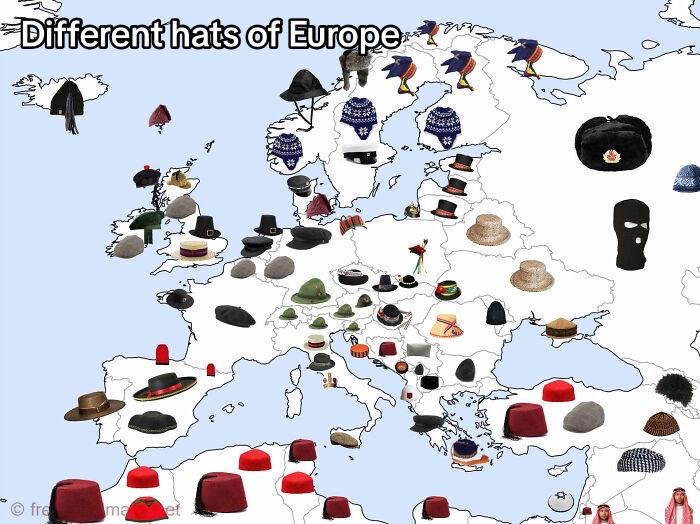
Image credits: @earthstuffs
from Bored Panda https://ift.tt/eUTdrHV
via Boredpanda